A Comprehensive Guide to Machining and Machining: The Art of Precision Manufacturing from Traditional to CNC
In manufacturing, precision and efficiency are key, and machining is the core technology to achieve this.
In this article, we’ll take you on an in-depth look atmachiningFrom the world of traditional manual machining to modern CNC technology, we provide a comprehensive analysis of the various machining processes, the key points of equipment selection and how to choose the right machining service provider for your project.
Whether you are a professional in the manufacturing industry or a buyer in need of machining services, this article will provide you with valuable reference information![图片[1]-A Comprehensive Guide to Machining and Machining: The Art of Precision Manufacturing from Traditional to CNC-Dalian Fuhong Machinery Co., Ltd](https://endlfh.com/wp-content/uploads/2025/09/QQ20250829-201202.png)
1. Machining: the cornerstone of modern manufacturing
Machining (or machining for short) isProcesses for removing material by mechanical precision machiningIt is the foundation and core of modern manufacturing1Machining. Machining consists of two main categories: manual machining and CNC machining, each of which has its own unique advantages and application scenarios1.
Manual machining is a method of machining various materials by manually operating mechanical equipment such as milling machines, lathes, drilling machines and sawing machines, which is suitable forSmall-lot, simple part production1.
CNC machining, on the other hand, refers to the use of CNC equipment for machining, which include machining centres, CNC lathes, EDM wire-cutting equipment, etc., and are more suitable forLarge quantities, complex shapes, high precision partsgive birth to a child1.
2. Main types and processes of machining
2.1 Traditional manual machining
Manual machining relies on the experience and skills of skilled workers to operate machinery and equipment, mainly including the following:
General lathe: For rotary machining
General Milling Machine: For quadrature machining
Rocker arm drilling machine: for general hand punching
Benchtop drilling machine: For small hole machining
surface grinding machine: for thickness finishing and surface roughness reduction
tapping machine: Specialised for threading
2.2 Modern CNC machining
CNC machining is automated by programming and controlling the machining equipment, which consists of:
CNC lathe: Towards precision and efficient machining of rotating bodies
CNC Milling Machine: For precision machining of tetrads
machining centre: Realisation of precision and efficient machining of quadrangles
CNC EDM: For shaped recessed structures
CNC Wire Cutting: for precision contouring
CNC Laser Cutting: Suitable for steel sheet unloading or contouring with low precision requirements.
CNC Plate Bending Machine: For forming of sheet metal parts for equipment
shear: For unloading of sheet metal parts for equipment.
3. Comprehensive comparison of CNC and conventional machining
Understanding the differences between CNC and conventional machining is essential to choosing the most suitable machining method.7.
Comparative dimensions CNC Machining General Machining
Processing Versatility, multiple machining parts and machining tools can be arranged as the main line of the process. Relatively simple, but need to fully consider the positioning reference, clamping method and other factors
Clamping and fixtures Only need to control positioning and clamping, in most cases no need for special fixtures, low cost Requires multiple clamping and special fixtures, higher design and manufacturing costs
Tooling Requirements Requires high speed cutting tools to improve machining efficiency and guarantee machining quality. General requirements for tool performance
Applicable Scenarios Large quantities, complex shapes, high precision parts Small-lot, simple part production
4. How to choose the right machining service
When choosing machining services, there are several factors to consider to ensure a successful project:
4.1 Component complexity
with regards toSimple shape, low tolerance requirementsparts, traditional manual machining may be more economical. And forComplex structure and high precision requirementsparts, CNC machining is the better choice.
4.2 Production lots
small batch productionmay be better suited to manual machining, whilemass produceCNC machining, on the other hand, is better suited to CNC machining, as automation can greatly improve efficiency and consistency.
4.3 Material properties
Different materials may be suitable for different processing methods. For example.Difficult materials(e.g., high-strength alloys) often require CNC equipment to ensure accuracy and reduce material waste.
4.4 Time requirements
If the projecttime-criticalCNC machining often results in faster production, especially on complex parts.
4.5 Cost considerations
existLimited budgetIn the case of CNC machining, there is a trade-off between the quality of the machining and the cost. Sometimes conventional machining may be more economical, but for parts requiring high precision, CNC machining is better in the long run.
5. Quality control and standards in the machining industry
Quality control is a critical aspect of the machining process. A good machining service provider should strictly implement international quality standards, such as the ISO 9001 quality management system, and use advanced testing equipment to ensure that parts meet specifications.
Common quality control measures include:
First article inspection: Full inspection of the first part before the start of the production batch
In-process inspection: Regular spot-checks of part quality during production
final inspection: 100% or sampling inspection of finished products
Testing equipment use: Use of precision inspection equipment such as Coordinate Measuring Machines (CMM), Optical Comparators, Surface Roughness Measuring Instruments, etc.
6. Trends in machining technology and future prospects
Machining technology is constantly developing and evolving, and key trends include:
Automation and Intelligence: Increasing number of processing cells fully automated with robots and automated guided vehicles (AGVs)
Additive and subtractive manufacturing combined: Combining 3D printing technology with traditional subtractive machining for the fabrication of more complex structures
IoT and datamining: Real-time monitoring of machine status and processing by collecting processing data through sensors.
green manufacturing: Reduced environmental impact through the use of more environmentally friendly coolants and machining processes
High-speed, high-precision machining: Increasing machining speed and accuracy with advances in spindle technology and control systems
7. How to choose a reliable machining partner
The following factors need to be considered when selecting a machining service provider:
technical capability: Assessment of suppliers’ equipment lists and technical expertise
Experience and expertise: Know the supplier’s experience in your industry
quality assurance (QA): Examination of their quality control systems and certification
Deliverability: Assessment of its production capacity and delivery record
Communication and support: Test its responsiveness and technical support capabilities
cost-effectiveness: Compare the balance between price and value, not just price
结束语
Machining is an indispensable and important part of modern manufacturing industry, from traditional manual machining to modern CNC technology, various machining methods have their unique advantages and applicable scenarios.
Choosing the right machining service and partner requires a combination of part complexity, production volume, material characteristics, time requirements and cost factors. Through this article, we hope you will gain a more comprehensive understanding of machining and make the most informed choice for your project.
Feel free to contact our team of machining expertsWe will provide you with the most suitable solution for your specific needs, from simple parts to complex assemblies, from prototyping to high volume production, we offer high quality machining services.

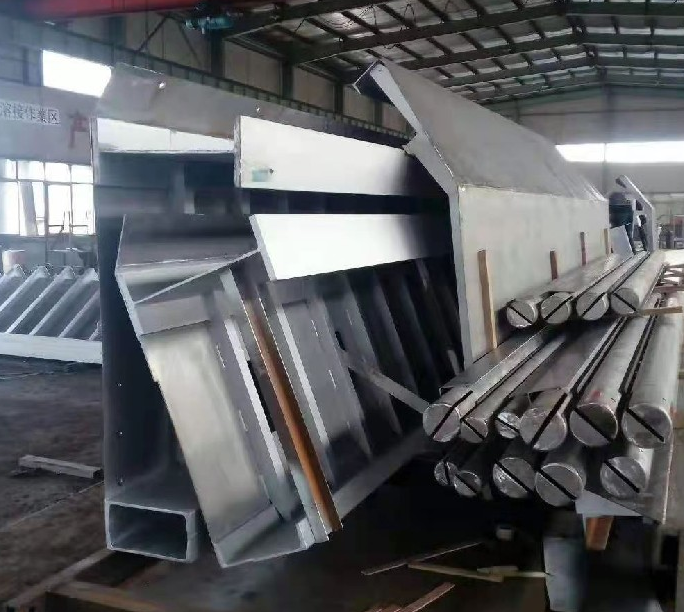


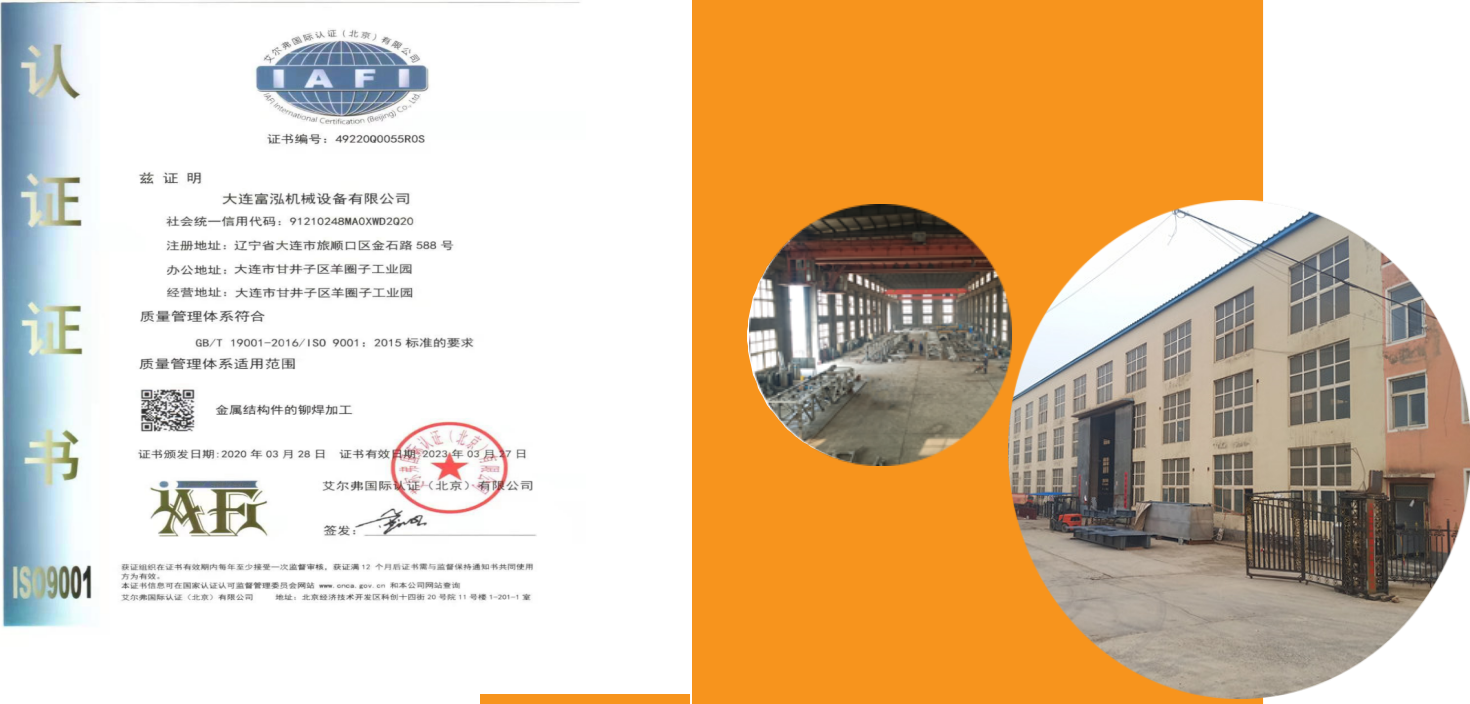
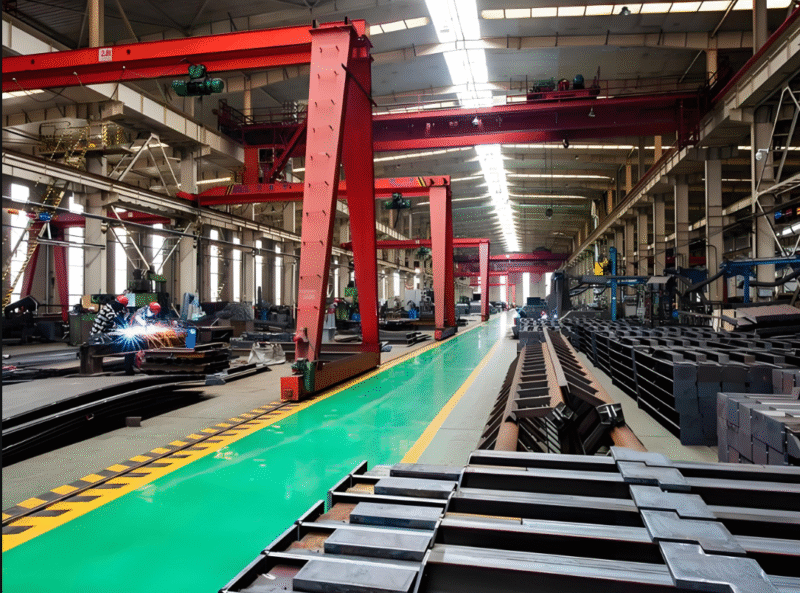

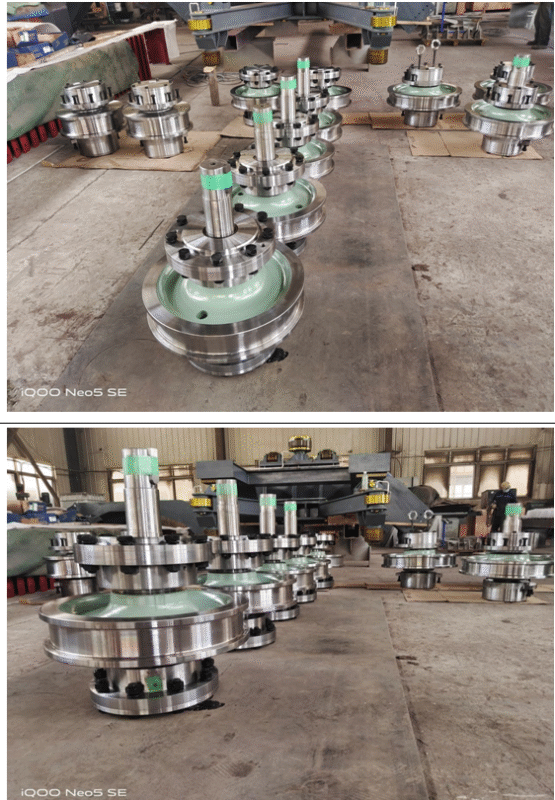
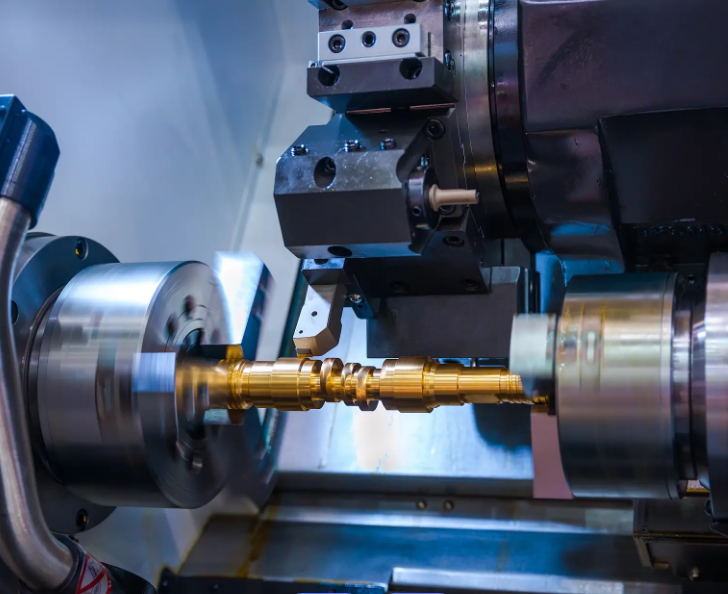
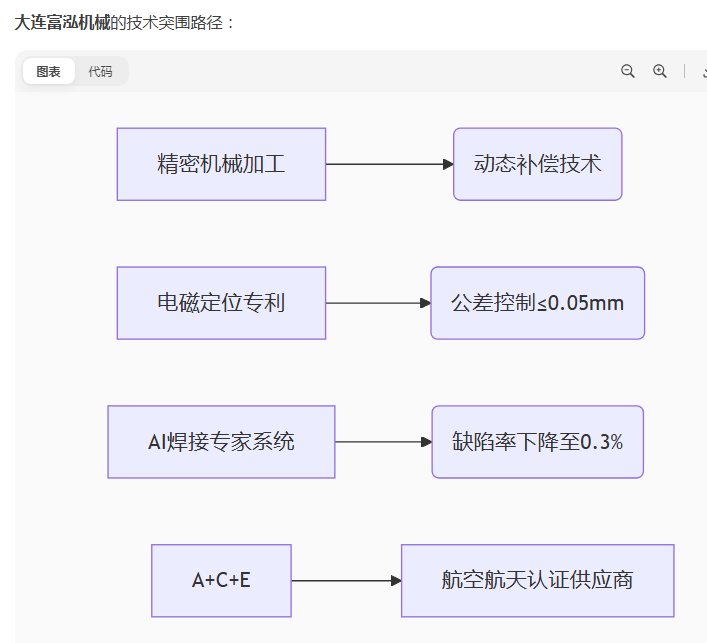
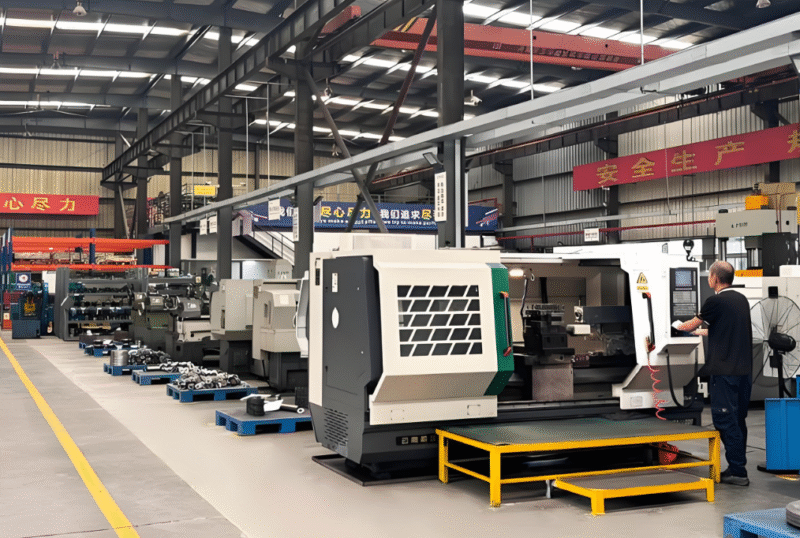
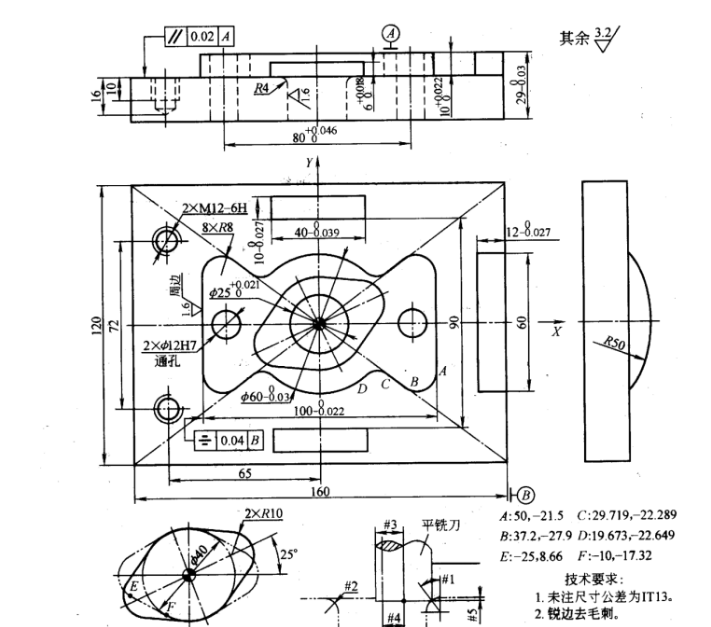
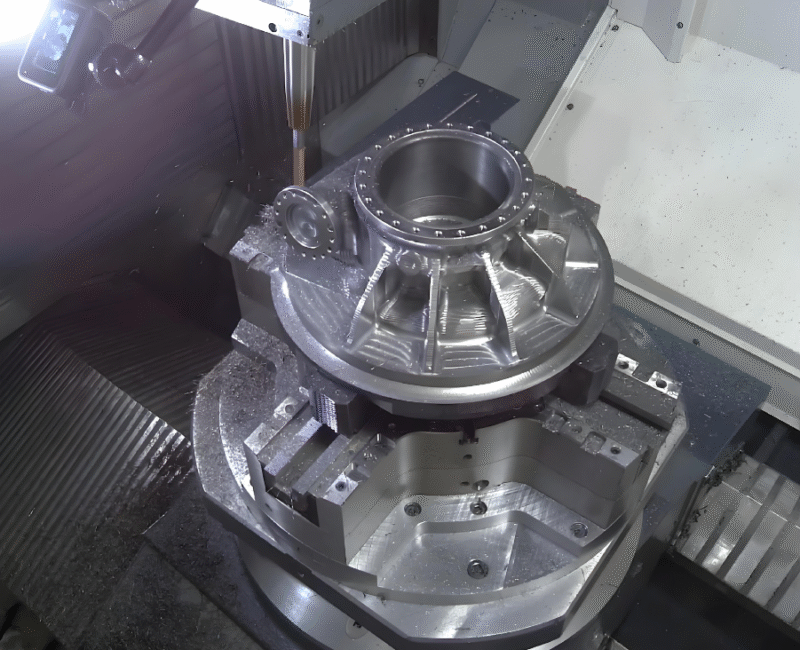

暂无评论内容